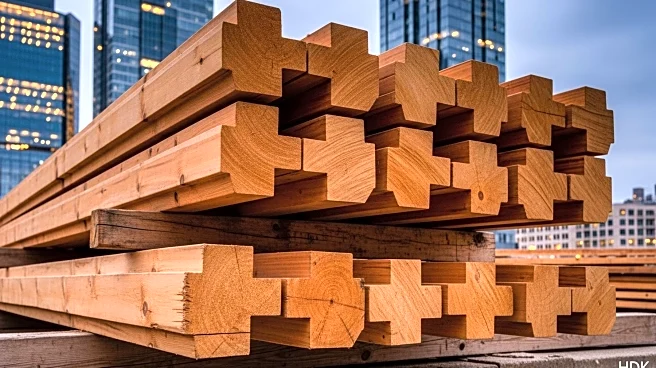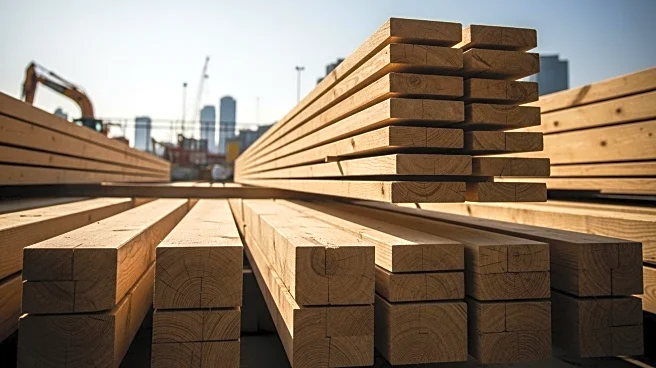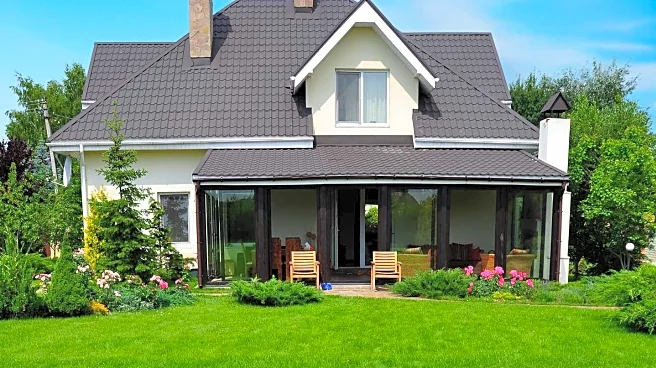What's Happening?
Mass timber construction is gaining traction as a preferred method for urban development due to its efficiency in time and labor. Projects utilizing cross-laminated timber (CLT) have demonstrated significant advantages over traditional concrete construction, including reduced crew sizes and faster build times. For instance, the Murray Grove building in London was erected by just four carpenters in 27 working days, whereas a comparable concrete structure would have required a much larger crew and longer duration. This trend is evident in various cities, including Vancouver and Minneapolis, where mass timber buildings have been completed in a fraction of the time needed for concrete structures. The approach not only saves time but also minimizes neighborhood disruption and reduces construction costs.
Why It's Important?
The adoption of mass timber construction has significant implications for urban development and housing solutions. By reducing the need for large construction crews and compressing build schedules, mass timber offers a viable solution to labor shortages in the construction industry. This method also supports sustainable building practices by reducing carbon emissions associated with traditional concrete construction. Additionally, mass timber's lightweight properties allow for upward extensions on existing buildings, creating new housing and office spaces without the need for extensive foundation upgrades. This is particularly beneficial in densely populated urban areas where land is scarce, offering a new avenue for developers to maximize space and revenue.
What's Next?
As mass timber construction continues to prove its benefits, it is likely to see increased adoption in urban development projects. Developers and policymakers may focus on expanding training programs for specialized roles such as CNC operators and timber framers to meet the growing demand for skilled labor in this sector. Furthermore, financial frameworks and regulatory policies may evolve to better accommodate mass timber projects, facilitating easier approval processes for upward extensions and new builds. The potential for mass timber to reshape urban landscapes and address housing shortages is significant, and its continued integration into construction practices could lead to widespread changes in how cities develop.
Beyond the Headlines
The shift towards mass timber construction also highlights broader economic and environmental considerations. By reducing reliance on concrete, mass timber can help decrease demand for cement and steel, contributing to decarbonization efforts in these industries. Additionally, the focus on off-site manufacturing and precision skills may drive innovation in construction technology and workforce development. As cities grapple with labor shortages and environmental challenges, mass timber presents a strategic opportunity to align urban growth with sustainability goals.












